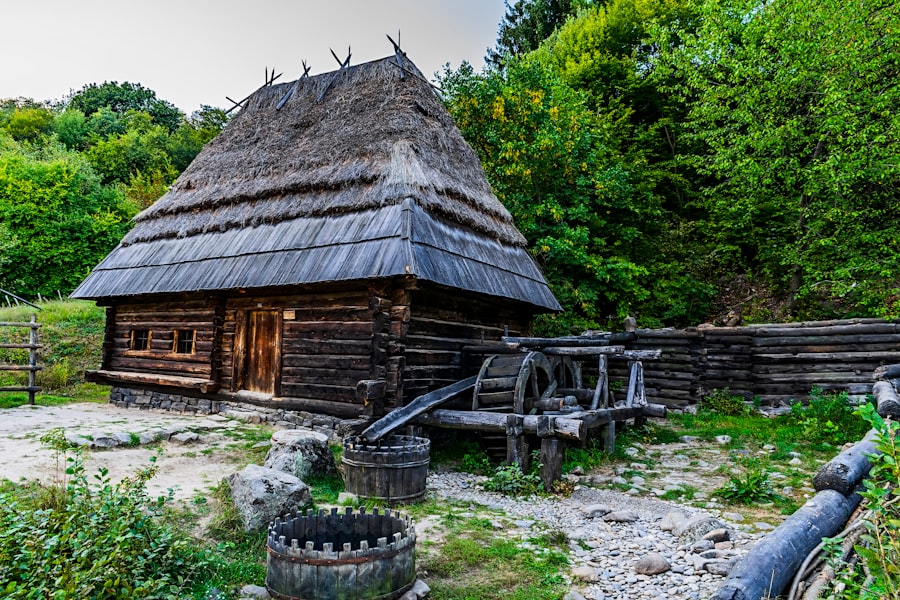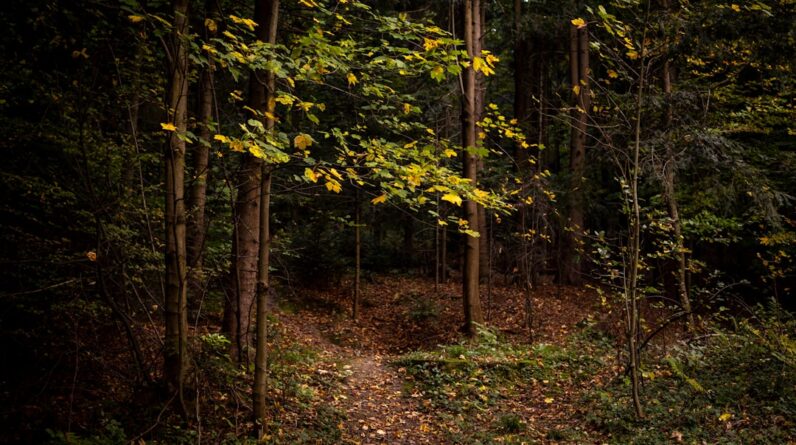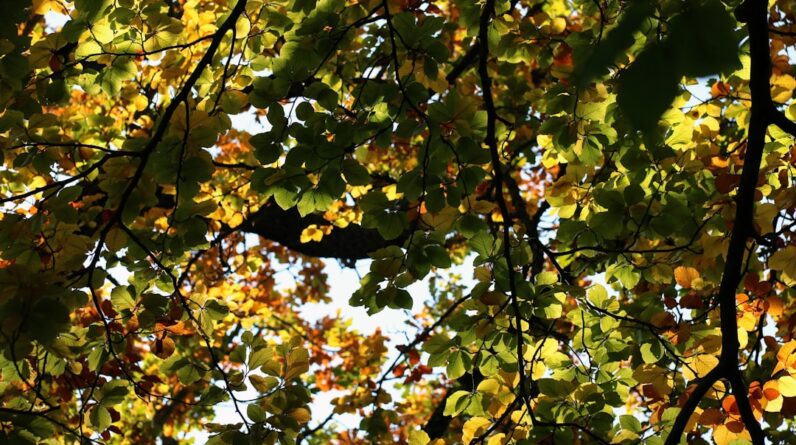The Royal Ontario Museum (ROM) is one of Canada’s most prestigious museums, located in Toronto. Established in 1912, the ROM has played a vital role in preserving history and culture, showcasing a diverse range of collections from around the world. Museums like the ROM are essential in safeguarding artifacts and educating the public about our shared heritage.
Key Takeaways
- The Royal Ontario Museum has a rich history that spans over a century.
- The museum’s collections offer a journey through time, showcasing artifacts from various eras and civilizations.
- Visitors can explore exhibits featuring dinosaurs, mummies, and other fascinating objects.
- The museum’s research and conservation efforts provide a behind-the-scenes look at how cultural heritage is preserved.
- Exhibits at the ROM use storytelling to bring history to life and engage visitors.
Discovering the rich history of the Royal Ontario Museum
The Royal Ontario Museum was founded in 1912 and has since undergone several expansion and renovation projects to accommodate its growing collections. The museum’s original building, designed by architect Frank Darling, was inspired by the Beaux-Arts architectural style. Over the years, additional wings were added to house new exhibits and collections.
The ROM has always been committed to promoting education and research. It offers a wide range of educational programs for students of all ages, including school visits, workshops, and lectures. The museum also conducts its own research and collaborates with other institutions to further our understanding of history and culture.
A journey through time: Exploring the museum’s collections
The Royal Ontario Museum boasts an extensive collection that spans various disciplines, including natural history, archaeology, anthropology, and art. The museum’s collections are divided into different galleries and exhibits, each offering a unique perspective on our shared past.
One of the highlights of the ROM is its natural history exhibits, which include an impressive collection of dinosaur fossils. Visitors can marvel at the towering skeletons of Tyrannosaurus rex and Triceratops, among others. The museum also houses an extensive mammal collection, showcasing the diversity of species that have inhabited our planet.
In addition to its natural history exhibits, the ROM is renowned for its ancient civilization collections. The Egyptian gallery features mummies, sarcophagi, and other artifacts from ancient Egypt. The museum also has collections from ancient Greece and Rome, including sculptures, pottery, and jewelry.
From dinosaurs to mummies: The fascinating exhibits at ROM
The Royal Ontario Museum’s natural history exhibits are a favorite among visitors. The dinosaur collection is particularly impressive, with specimens ranging from the massive T. rex to the smaller Velociraptor. The museum also has a comprehensive mammal collection, showcasing the diversity of species that have inhabited our planet.
The ROM’s ancient civilization exhibits are equally captivating. The Egyptian gallery features mummies, sarcophagi, and other artifacts from ancient Egypt. Visitors can learn about the rituals and beliefs of this ancient civilization through the museum’s well-curated displays. The museum also has collections from ancient Greece and Rome, including sculptures, pottery, and jewelry.
Unraveling the mysteries of ancient civilizations
The Royal Ontario Museum’s archaeology and anthropology exhibits offer a glimpse into the lives of past cultures and societies. The museum’s collections include artifacts from various regions and time periods, allowing visitors to explore different aspects of human history.
One of the highlights of the ROM’s archaeology and anthropology exhibits is its collection from ancient Greece and Rome. Visitors can admire intricate sculptures, delicate pottery, and exquisite jewelry that provide insights into the art and culture of these ancient civilizations.
Understanding past cultures is crucial for gaining a deeper appreciation of our own society. By studying artifacts and exploring different perspectives, we can learn valuable lessons about human nature and the complexities of our shared history.
The art of storytelling: How exhibits bring history to life

The Royal Ontario Museum excels in exhibit design and curation, using storytelling techniques to engage visitors and bring history to life. Each exhibit is carefully curated to create a narrative that guides visitors through a particular time period or theme.
Storytelling is an essential tool in museums as it helps visitors connect with the artifacts on display. By presenting historical information in a compelling way, museums can make complex concepts more accessible to a wide range of audiences.
The ROM incorporates various interactive elements into its exhibits to enhance the visitor experience. For example, visitors can touch replicas of ancient artifacts, participate in hands-on activities, or even try on historical costumes. These interactive elements encourage active learning and make the museum experience more engaging and memorable.
Behind the scenes: A glimpse into the museum’s research and conservation efforts
The Royal Ontario Museum is not just a place for displaying artifacts; it is also a hub for research and conservation. The museum has dedicated departments that focus on studying and preserving its collections.
The research department at the ROM conducts studies on various aspects of natural history, archaeology, anthropology, and art. Researchers collaborate with other institutions and experts from around the world to further our understanding of the past.
Conservation is another crucial aspect of the museum’s work. The ROM employs conservators who specialize in preserving and restoring artifacts. They use advanced techniques and materials to ensure that the collections are protected for future generations.
The evolution of the museum: A look at its growth and development
Over the years, the Royal Ontario Museum has undergone significant growth and expansion to accommodate its growing collections and meet the needs of its visitors. The museum’s original building has been expanded multiple times, with new wings added to house additional exhibits.
Adapting to changing times and needs is crucial for museums to remain relevant. The ROM has embraced new technologies and innovative exhibit design to enhance the visitor experience. It has also incorporated more diverse perspectives into its collections and exhibits, reflecting the changing demographics of Toronto and Canada as a whole.
Looking ahead, the Royal Ontario Museum has plans for further expansion and renovation. These plans include creating new galleries, improving accessibility, and incorporating sustainable design principles into the museum’s infrastructure.
The role of museums in preserving cultural heritage
Museums like the Royal Ontario Museum play a vital role in preserving cultural heritage. They safeguard artifacts and collections, ensuring that they are protected for future generations. Museums also provide a platform for education and research, promoting a deeper understanding of our shared history and culture.
The Royal Ontario Museum is committed to promoting diversity and inclusivity. It actively seeks to include underrepresented voices and perspectives in its collections and exhibits. The museum also collaborates with Indigenous communities to ensure that their cultural heritage is respected and represented accurately.
Museums can also promote cross-cultural understanding by showcasing the diversity of human experiences. By exploring different cultures and societies, visitors can gain a broader perspective and develop empathy for others.
From the Arctic to Africa: The diversity of ROM’s collections
The Royal Ontario Museum’s collections are incredibly diverse, representing cultures from around the world. The museum has a significant collection of Indigenous artifacts, including those from First Nations, Inuit, and Métis communities. These collections highlight the rich cultural heritage of Canada’s Indigenous peoples.
The ROM also has an extensive collection of African art and artifacts. Visitors can explore the vibrant cultures of different African regions through the museum’s well-curated displays. From ancient Egypt to contemporary African art, the ROM offers a comprehensive overview of the continent’s diverse heritage.
Promoting cultural exchange and understanding is crucial in today’s globalized world. Museums like the Royal Ontario Museum provide a platform for people to learn about different cultures and challenge stereotypes. By showcasing diverse collections, museums can foster dialogue and promote mutual respect among different communities.
The impact of the Royal Ontario Museum on the community and beyond
The Royal Ontario Museum has a significant impact on the local community and beyond. It plays a crucial role in promoting education by offering a wide range of programs for students of all ages. The museum’s educational initiatives help foster a love for learning and encourage critical thinking skills.
Museums also contribute to tourism by attracting visitors from around the world. The ROM is a popular destination for tourists, contributing to the local economy and promoting Toronto as a cultural hub.
The Royal Ontario Museum has also made significant contributions to global conversations and initiatives. It has collaborated with other museums and institutions on various projects, sharing knowledge and expertise. The museum’s research and conservation efforts have also contributed to our understanding of history and culture on a global scale.
Museums like the Royal Ontario Museum are essential in preserving history and culture. They safeguard artifacts, promote education, and foster cross-cultural understanding. The Royal Ontario Museum’s diverse collections and innovative exhibits make it a must-visit destination for anyone interested in exploring our shared heritage. So, if you’re in Toronto, don’t miss the opportunity to visit the ROM and embark on a journey through time.
Uncovering the Past: Treasures and Tales Inside the Royal Ontario Museum is a fascinating article that takes readers on a journey through the rich history and captivating artifacts housed within the renowned museum. From ancient Egyptian mummies to dinosaur fossils, this article explores the diverse collection that offers a glimpse into civilizations of the past. For those interested in delving deeper into history, this related article on “Joint Ventures: Natural Remedies for Joint Health and Mobility” provides valuable insights into maintaining physical well-being as we age.
FAQs
What is the Royal Ontario Museum?
The Royal Ontario Museum is a museum of art, world culture, and natural history located in Toronto, Canada. It is one of the largest museums in North America and attracts millions of visitors every year.
What kind of treasures can be found inside the Royal Ontario Museum?
The Royal Ontario Museum has a vast collection of artifacts and specimens from around the world, including ancient Egyptian mummies, dinosaur fossils, and rare gems and minerals. It also has extensive collections of art and cultural artifacts from various civilizations throughout history.
What are some of the most popular exhibits at the Royal Ontario Museum?
Some of the most popular exhibits at the Royal Ontario Museum include the Bat Cave, which features a collection of bats from around the world, the dinosaur exhibit, which includes a full-size T-Rex skeleton, and the Ancient Egypt exhibit, which showcases artifacts from one of the world’s oldest civilizations.
What is the history of the Royal Ontario Museum?
The Royal Ontario Museum was founded in 1912 and has since grown to become one of the largest and most prestigious museums in North America. It has undergone several expansions and renovations over the years, including the addition of a new wing in 2007.
What kind of educational programs does the Royal Ontario Museum offer?
The Royal Ontario Museum offers a wide range of educational programs for visitors of all ages, including guided tours, workshops, and lectures. It also has a variety of resources available for teachers and students, including lesson plans and educational materials.
How can I visit the Royal Ontario Museum?
The Royal Ontario Museum is located in downtown Toronto and is easily accessible by public transportation. It is open daily and admission fees vary depending on age and residency. Visitors can also purchase tickets online in advance to avoid long lines.








